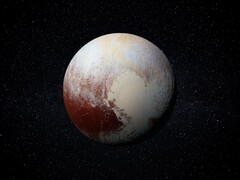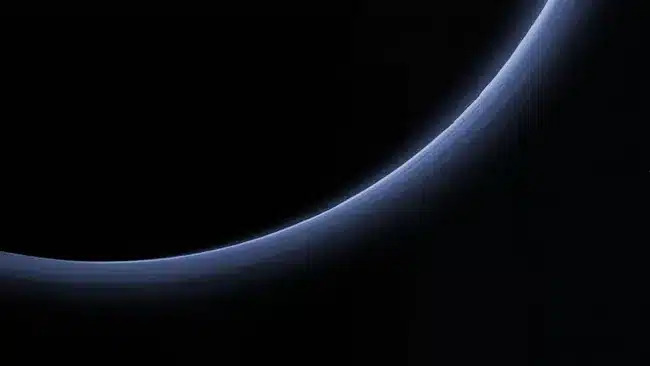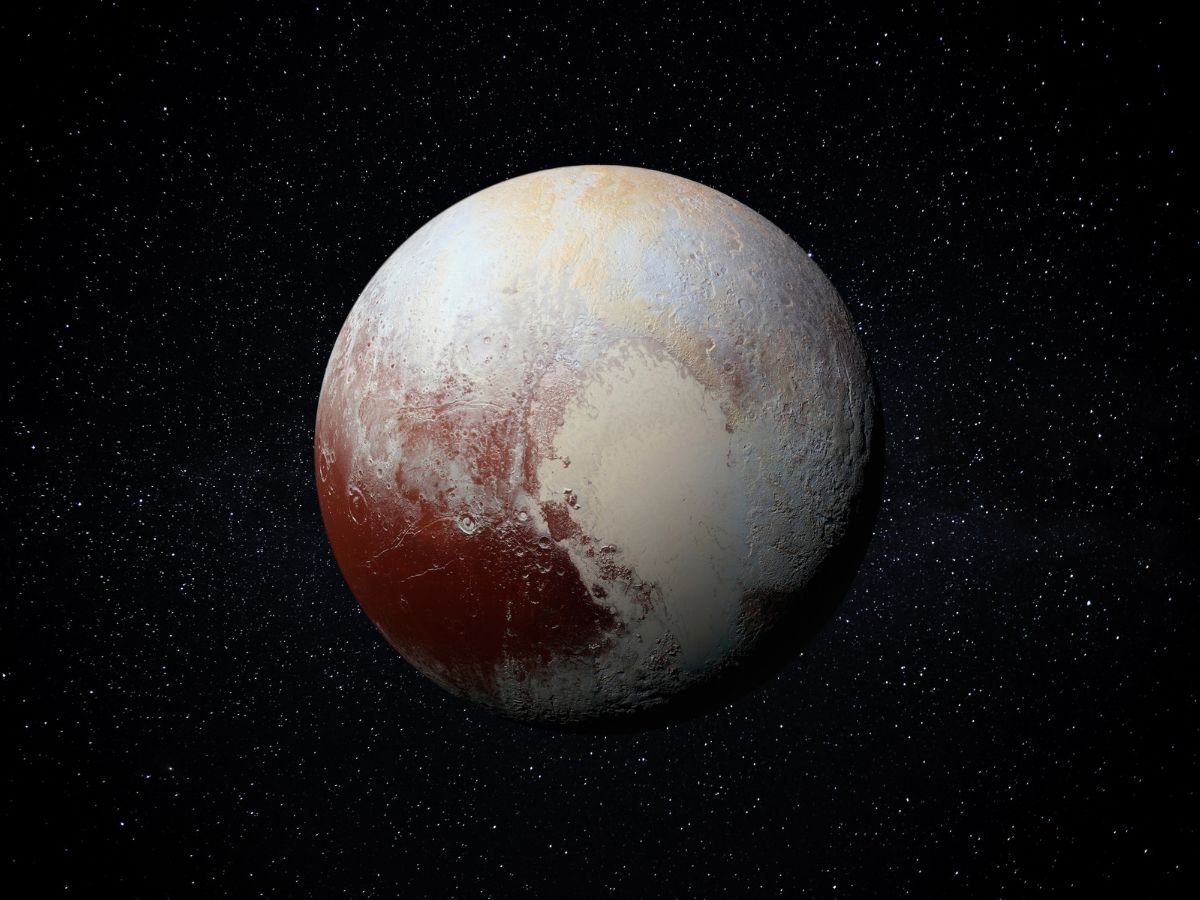 An image of Pluto taken from photographs taken by the New Horizons probe. (Image source: 24K-Production, Adobe Stock)
An image of Pluto taken from photographs taken by the New Horizons probe. (Image source: 24K-Production, Adobe Stock)
Recently, the James Webb Space Telescope revealed a unique phenomenon concerning Pluto, the dwarf planet in the solar system. And this could herald new advances in our understanding of the universe.
Long considered an unattractive celestial body for scientists, Pluto holds many surprises. It must be said that this dwarf planet is little known, and recent observations made with the help of the James Webb telescope have revealed an incredible discovery.
But long before that, in 2015, the New Horizons space probe flew over this celestial body. Instead of expecting an icy world of little importance, scientists were able to see varied landscapes with mountains of water ice and hills of nitrogen ice. And that’s not all, because Pluto does indeed have an atmosphere, rising to a height of 300 kilometers and topped with a bluish haze.
The latter is quite mysterious, although microorganisms are present when the Sun shines on the planet. In 2017, a team of scientists led by planetary scientist Xi Zhang suggested in the journal Nature Astronomy that this blue haze served to regulate Pluto’s climate. According to them, the suspended particles are capable of absorbing sunlight during the day and transmitting this energy in the form of infrared radiation at night, thereby cooling the atmosphere.
 Pluto’s mysterious blue haze is the main factor influencing its climate. (Image source: NASA/JHUAPL/SwRI)
Pluto’s mysterious blue haze is the main factor influencing its climate. (Image source: NASA/JHUAPL/SwRI)
However, this theory remained impossible to confirm because of Charon, its natural satellite, which prevents observations of Pluto. But all that changed with the arrival of the James Webb Telescope, which made it possible to observe the planet’s infrared emissions and thus confirm this theory dating back to 2017.
This discovery is quite astonishing and could even have repercussions for other celestial bodies in our solar system. It should be noted that some natural satellites have the same type of atmosphere, such as Triton, which orbits Neptune, and Titan, which orbits Saturn. In fact, it is possible that these little-known worlds are also controlled by their atmospheres and the fog present there.
And scientists are not stopping there, because Earth, before oxygen appeared, may also have been enveloped in a similar fog. And if this is confirmed, it would seem that it played a role in regulating temperature, also promoting the development of life.
 Alexis Stegmann – Tech Writer – 51 articles published on Notebookcheck since 2025
Alexis Stegmann – Tech Writer – 51 articles published on Notebookcheck since 2025
I’ve been working in the field of web writing for several years, and I’m passionate about keeping readers up to date with the latest news on astronomy, technology, the world of video games and other exciting subjects. In particular, I’ve had the opportunity to work on a number of websites, which has enabled me to cover a wide range of subjects. In my personal life, I’m passionate about a wide range of subjects, including astronomy, video games, history and science. I’m also drawn to psychology, which is a subject that deserves greater documentation and recognition.
